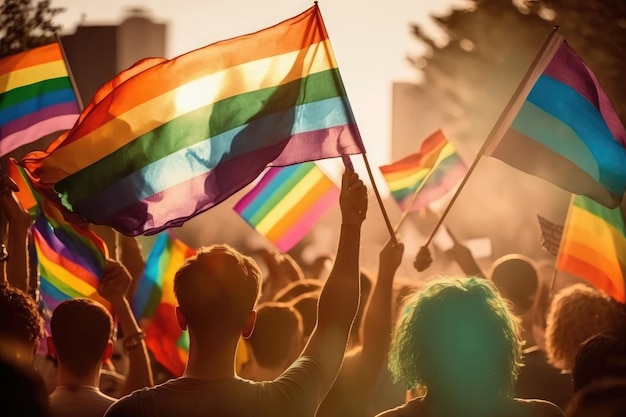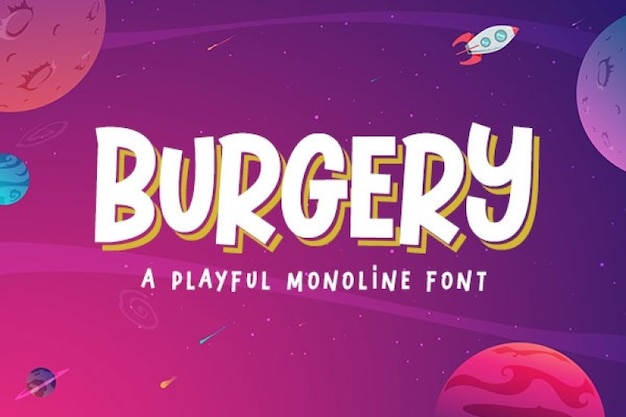Pride celebrations in the United States are vibrant and inclusive, with events held in cities like Los Angeles, New York City, Washington DC, and San Francisco. The Stonewall Riots, which occurred in the United States, led to major LGBTQ+ events around the country. In Los Angeles, Pride Day is celebrated with a huge parade, music events, and even some circus nights. The LGBTQ+ Pride March in New York City is one of the well-known events in the LGBTQ+ community, and it also set off some fireworks! There are other events during NYC pride such as Fantasy Days, Pride Island, Youth Pride, and many conferences. Washington, DC, also offers several entertaining activities! Have fun at the Capital Pride Rooftop Pool Party, attend the Official Opening Party, participate in the parade, or pay homage to important activists at the Capital Pride Honor. Are you going to miss it? San Francisco Pride is another major event in the United States. It's well-known for its parade and festival, which take place during the last full weekend of June. The parade gathers different contingents. Among the most famous ones, you’ll find Dykes on Bikes, leather and BDSM groups, LGBT-affirming religious groups, and Parents, Families, and Friends of Lesbians and Gays (PFLAG).


































